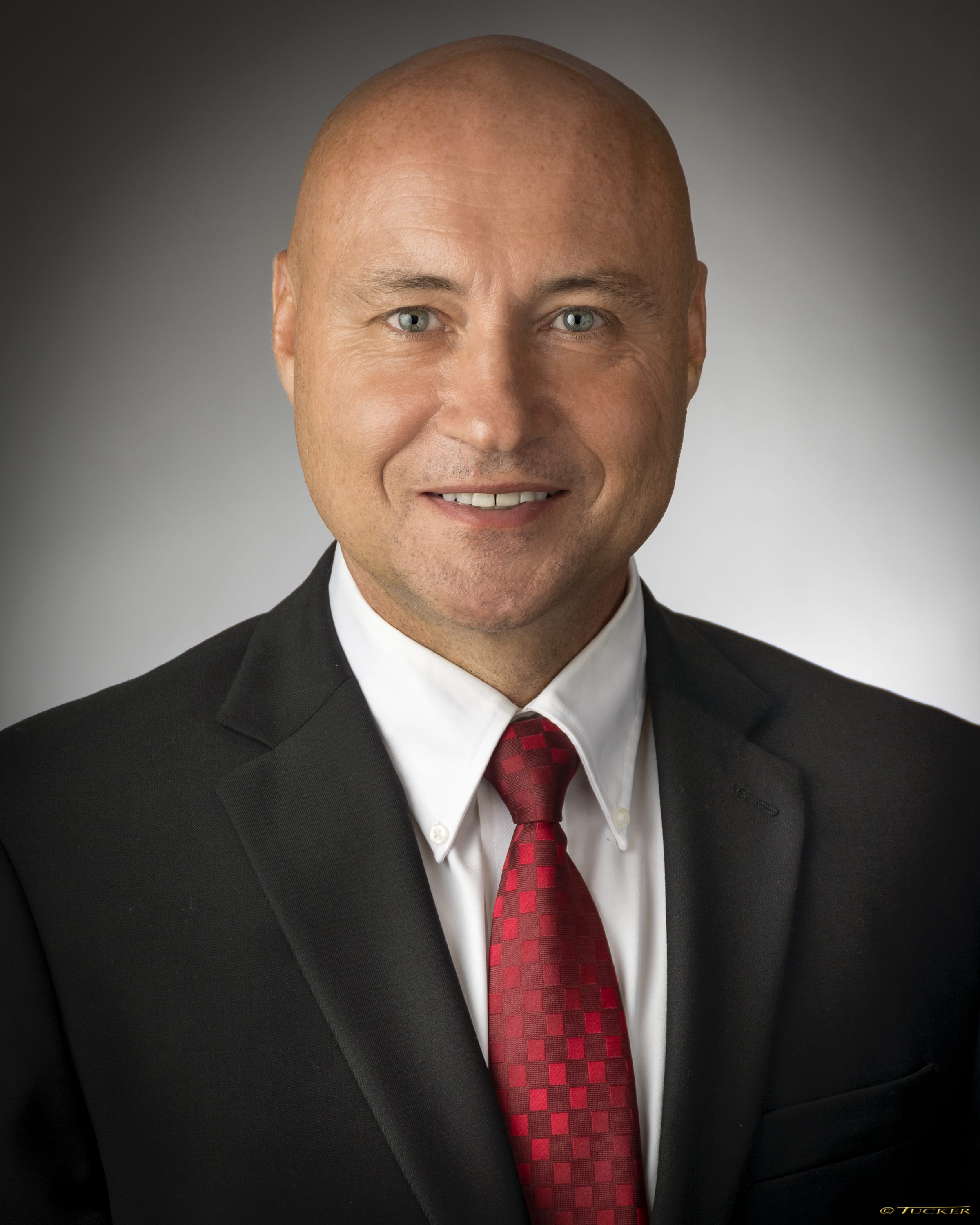Proposed New York Senate Bill S4781-2015
On April 15, NY S4781-2015 was introduced in the Senate and referred to the Housing, Construction and Community Development Committee.
BILL NUMBER:S4781
TITLE OF BILL:
An act establishing the “New York state abandoned property neighborhood relief act of 2015”; and to amend the real property actions and proceedings law, in relation to the duty of the mortgagee or its loan servicing agent to maintain property secured by delinquent mortgage and in relation to special foreclosure proceedings for vacant abandoned property; and to amend the state finance law, in relation to establishing the abandoned property neighborhood relief fund
PURPOSE:
To help community residents and municipalities throughout the State better address the growing problem of vacant and abandoned residential properties by creating a statewide registry of such properties and imposing a duty on mortgagees and their loan servicing agents to report these properties to the registry and take earlier (pre-foreclosure) action to identify, secure and maintain them.
SUMMARY OF SPECIFIC PROVISIONS:
Section 1 establishes the title of the Act as the “New York State Abandoned Property Neighborhood Relief Act of 2015.”
Section 2 amends section 1307 of the Real Property Actions and Proceedings Law to: create a definition of “vacant and abandoned” residential real property; expand the existing duty of a mortgagee to maintain vacant residential real property to include pre-foreclosure “vacant and abandoned” residential property as defined in the bill, and to expand such duty to the mortgagee’s loan servicing agent; establish a periodic inspection requirement for mortgagees and loan servicing agents to determine if residential real property subject to a delinquent mortgage is currently occupied; and make it unlawful for a mortgagee or loan servicing agent, or a person acting on their behalf, to enter residential real property that is not vacant or abandoned for the purpose of forcing, intimidating, harassing or coercing a lawful occupant thereof to vacate the property in order to render it vacant and abandoned.
Section 3 adds a new section 1307-a to the Real Property Actions and Proceedings Law to: require the Attorney General to establish and maintain a statewide electronic Vacant and Abandoned Property Registry that shall be accessible to local officials across the State; require mortgagees or their agents to promptly submit to the statewide Registry information about vacant and abandoned properties, including but not limited to the current name, address and contact information for the lender or servicer responsible for maintaining the property, whether a foreclosure action has been filed, and any updated material information when it becomes available; require mortgagees or their loan servicing agents to provide prompt written notice to mortgagors, when the mortgage on their residential real property is three monthly payments past due, of the mortgagor’s right to occupy the property until he or she is ordered to leave by a court of competent jurisdiction; require the Attorney General to take appropriate measures to ensure that the Federal National Mortgage Association and
the Federal Home Loan Mortgage Association are promptly notified when certain properties are added to the electronic registry; authorize a municipality wherein vacant and abandoned residential property is located to intervene as of right in a foreclosure action involving the property for the purpose of requesting injunctive relief to ensure the property is maintained in accordance with law and that the foreclosure action is timely prosecuted; require the Attorney General to establish and maintain a toll-free hotline that community members concerned about vacant and abandoned properties can call to report such properties and to obtain information relating to such properties, including but not limited to whether a specific property is listed on the Attorney General’s statewide Vacant and Abandoned Property Registry and, if so, the identity of the mortgagee or loan servicing company responsible for maintaining the property; and authorize the Attorney General, and any affected locality upon written notice to the Attorney General, to seek injunctive relief and/or civil penalties against mortgagees and/or their agents for violations of RPAPL sections 1307 and 1307-a
Section 4 requires that a part of the Supreme Court be devoted to foreclosure actions involving property alleged to be vacant and abandoned.
Section 5 adds a new section 1308 to the Real Property Actions and Proceedings Law to establish a special foreclosure proceeding for vacant and abandoned residential real property.
Section 6 adds a new section 91-g to the State Finance Law to create the Abandoned Property Neighborhood Relief Fund, to be comprised of all civil penalties collected by the Attorney General in enforcement actions under RPAPL section 1307-a(3)(c), and to establish a procedure for the disbursement to localities of Enforcement Assistance Grants from available monies in such fund to aid such localities in the enforcement of RPAPL sections 1307 and 1307-a.
Section 7 establishes an effective date of 90 days after the act shall have become a law.
EXISTING LAW:
Section 1307 of the Real Property Actions and Proceedings Law currently requires a plaintiff in a mortgage foreclosure action who obtains a Judgment of Foreclosure and Sale involving residential real property that is or becomes vacant to maintain the property until such time as ownership of the property has been transferred through the closing of title in foreclosure or other disposition, and the deed is duly recorded.
JUSTIFICATION:
Vacant and abandoned residential properties securing delinquent mortgages fall into disrepair and harm neighboring properties and the surrounding community. These properties are a blight on neighborhoods because they are often boarded up, inhabited by squatters or used for criminal purposes. When a vacant and abandoned property is not maintained for an extended period of time, there is a decline in the community’s real estate market and the state’s property tax base.
There is also an increased likelihood of crime in and around the property. There are instances of such properties being used by criminals to manufacture and/or distribute illegal drugs. Municipalities are often forced to expend taxpayer funds to prevent a vacant and abandoned property from becoming a public hazard. If a municipality is forced to care for a significant number of vacant and abandoned properties, its budget can be depleted quickly.
Current law, enacted in 2009, imposes a duty on plaintiff-mortgagees to maintain vacant residential properties only after a Judgment of Foreclosure and Sale has been entered. Unfortunately, this law has proven inadequate to address the growing number of vacant and abandoned properties falling into disrepair across New York State. A survey in one jurisdiction showed that most vacant and abandoned properties were not subject to foreclosure actions and, if they were, the cases had not proceeded to Judgment of Foreclosure and Sale. In many instances, the plaintiff-mortgagee abandoned the foreclosure effort. In others, the plaintiff-mortgagee sought to vacate its own Judgment of Foreclosure and Sale, bringing the property outside of the existing maintenance requirement imposed on the plaintiff-mortgagee by statute. There is also evidence showing that current and former New York homeowners have been misled into believing they need to leave their homes earlier in the foreclosure process than they actually have to, resulting in even more vacant and abandoned properties.
In response to this growing threat to communities across New York State, the Abandoned Property Neighborhood Relief Act of 2015 will ensure that homeowners are provided with early notice that they are legally entitled to remain in their homes until ordered to leave by a court and will require mortgagees and their loan servicers and agents to identify, secure and maintain vacant and abandoned properties much earlier in the mortgage delinquency timeline. It will also require that they electronically register these properties with the newly-created Vacant and Abandoned Property Registry to be established and maintained by the Attorney General. The Registry, in turn, will provide a much needed and readily available source of information on vacant and abandoned residential properties to local officials throughout the State, and will be supplemented by a toll-free hotline that community residents can use to report suspected vacant and abandoned properties to the Attorney General and receive information regarding the status of registered properties, including the identity of the mortgagee or agent responsible for maintaining them. The Act also would establish in the State Finance Law a new Abandoned Property Neighborhood Relief Fund, to be comprised of civil penalty monies collected by the Attorney General in enforcement actions under the Act, which monies would be used to fund Enforcement Assistance Grants to aid localities in their enforcement of the Act.
Please click here to view the full text of S4781-2015 online.
About Safeguard
Safeguard Properties is the mortgage field services industry leader, preserving vacant and foreclosed properties across the U.S., Puerto Rico, Virgin Islands and Guam. Founded in 1990 by Robert Klein and headquartered in Cleveland, Ohio, Safeguard provides the highest quality service to our clients by leveraging innovative technologies and proactively developing industry best practices and quality control procedures. Consistent with Safeguard’s values and mission, we are an active supporter of hundreds of charitable efforts across the country. Annually, Safeguard gives back to communities in partnership with our employees, vendors and clients. We also are dedicated to working with community leaders and officials to eliminate blight and stabilize neighborhoods. Safeguard is dedicated to preserving today and protecting tomorrow. Website: www.safeguardproperties.com.











